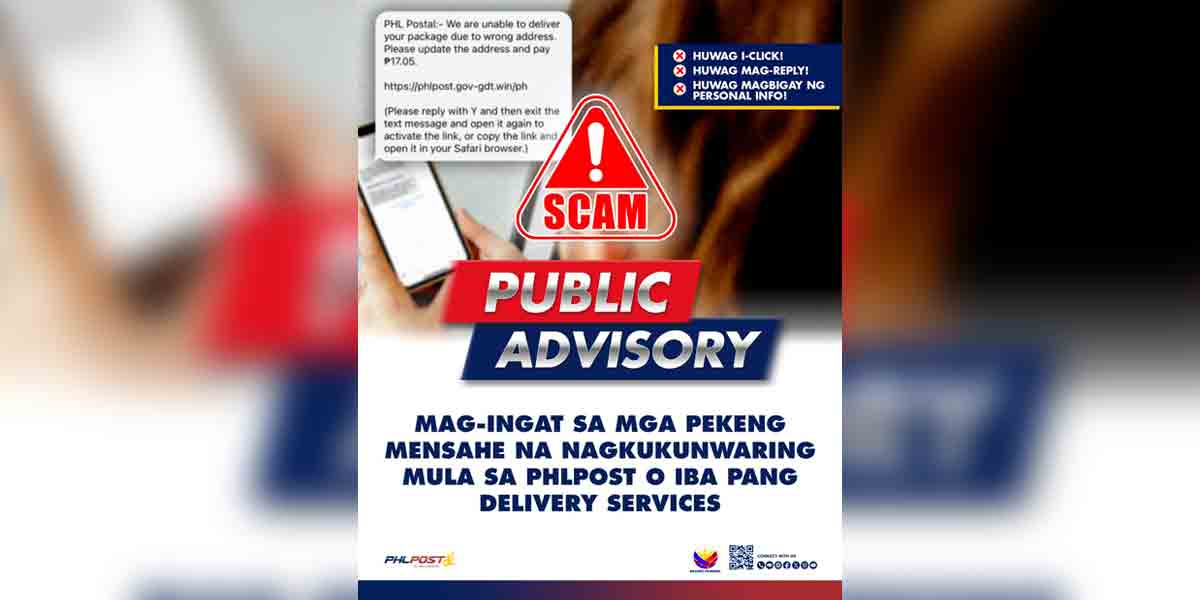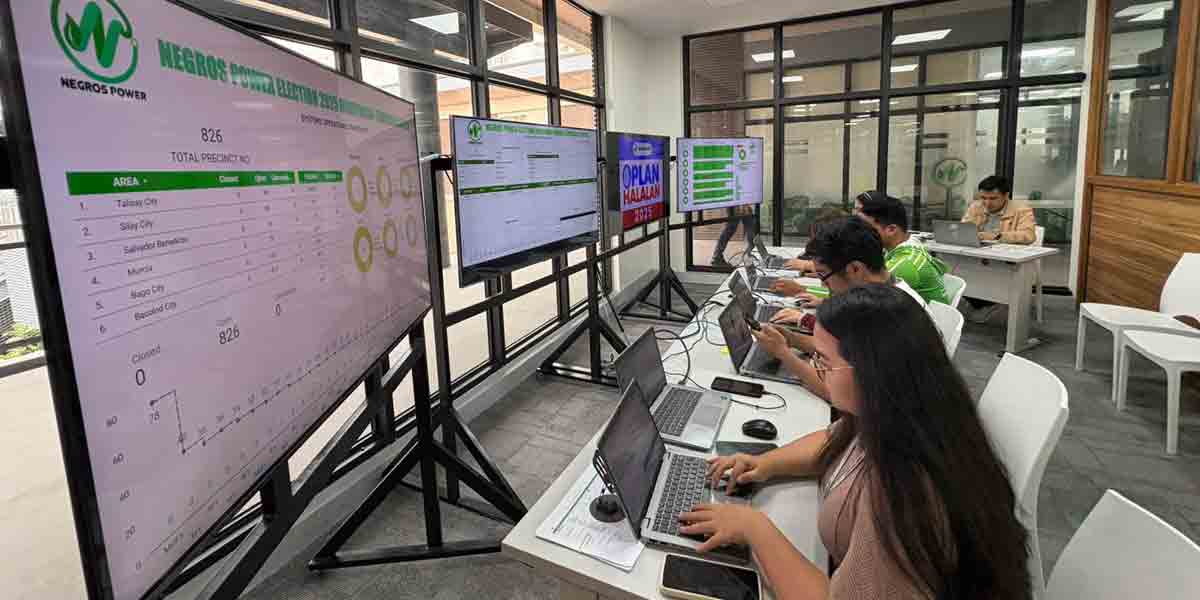
By Francis Allan L. Angelo
A comprehensive report by the World Health Organization (WHO) reveals that over 3 million deaths annually are attributable to alcohol and psychoactive drug use, with the majority of these deaths occurring among men.
The WHO’s Global Status Report on Alcohol and Health and Treatment of Substance Use Disorders provides a detailed analysis of data from 2019, highlighting the grave consequences of alcohol and drug use.
The report indicates that 2.6 million deaths per year are linked to alcohol consumption, which accounts for 4.7% of all deaths globally.
Additionally, psychoactive drug use is responsible for 0.6 million deaths annually.
Notably, men constitute the majority of these fatalities, with 2 million alcohol-related deaths and 0.4 million drug-attributable deaths occurring among them.
“Substance use severely harms individual health, increasing the risk of chronic diseases, mental health conditions, and tragically resulting in millions of preventable deaths every year. It places a heavy burden on families and communities, increasing exposure to accidents, injuries, and violence,” stated Dr. Tedros Adhanom Ghebreyesus, WHO Director-General.
“To build a healthier, more equitable society, we must urgently commit to bold actions that reduce the negative health and social consequences of alcohol consumption and make treatment for substance use disorders accessible and affordable.”
Consequences and Trends
Despite some reduction in alcohol-related death rates since 2010, the number of deaths due to alcohol consumption remains alarmingly high.
In 2019, 2.6 million deaths were attributed to alcohol use, with the highest death rates recorded in the European and African regions.
The report notes that alcohol consumption is responsible for a wide range of health issues, including noncommunicable diseases (1.6 million deaths), injuries (724,000 deaths), and communicable diseases (284,000 deaths).
Of particular concern is the impact on young people, with 13% of alcohol-attributable deaths in 2019 occurring among individuals aged 20-39 years.
The report also highlights that despite a slight global decrease in per capita alcohol consumption from 5.7 liters in 2010 to 5.5 liters in 2019, heavy episodic drinking remains prevalent, particularly among men and young people in the European and American regions.
Personal Impact: A Family’s Story
The devastating impact of alcohol abuse is deeply felt by families and communities.
Sarah*, whose brother Michael died of alcohol-related causes at the age of 35, shared her experience.
“Michael was a bright, loving person whose life was tragically cut short by alcohol. Watching him struggle with addiction and ultimately lose his battle was heart-wrenching. Our family has been forever changed. It’s a reminder of how critical it is to have support systems and effective treatments in place for those battling substance use disorders,” Sarah said.
David Soler shared the pain of losing his father to alcohol abuse.
“My father was my hero, but alcohol addiction took him away from us too soon. He fought hard, but the lack of accessible treatment options and societal stigma made it even harder. We need to do better for families like ours, ensuring that help is available when it’s needed most,” he added.
Emily Ramirez also shared her tragic story: “My sister Maria was a vibrant and kind-hearted person, but her life was destroyed by alcohol addiction. The lack of support and effective treatment options made it impossible for her to overcome her dependency. Losing her has been devastating, and I hope that sharing her story can help highlight the urgent need for change.”
Treatment Gaps and Barriers
The WHO report sheds light on the significant treatment gap for substance use disorders. Although effective treatment options exist, coverage remains inadequate.
In 2019, the proportion of people accessing treatment services for substance use disorders ranged from less than 1% to no more than 35% in countries providing data.
The shortfall is exacerbated by stigma, discrimination, and misconceptions about the efficacy of treatment, as well as the low prioritization of substance use disorders by health and development agencies.
The lack of specific budgets and governmental expenditures for treatment further compounds the issue.
Many countries do not offer mutual help and peer support groups, which are crucial resources for individuals with substance use disorders.
To accelerate progress towards achieving Sustainable Development Goal (SDG) target 3.5 by 2030, which aims to reduce the harmful use of alcohol and improve access to treatment for substance use disorders, the WHO report outlines eight strategic areas for action:
- Increase awareness through a coordinated global advocacy campaign.
- Strengthen prevention and treatment capacity of health and social care systems.
- Scale up training of health professionals.
- Re-commit to the implementation of the Global Alcohol Action Plan 2022-2030 with a focus on the SAFER package.
- Accelerate international efforts on capacity-building and knowledge transfer.
- Engage civil society organizations, professional associations, and people with lived experience.
- Improve multi-level monitoring systems and corresponding research capacity.
- Scale up resource mobilization, allocation, and innovative funding mechanisms to strengthen the capacity of health and social systems.
Background and Context
The previous WHO report on SDG target 3.5 was published in 2018, with the latest report scheduled for release in 2022. However, the COVID-19 pandemic delayed its publication.
The SDG health target 3.5 calls for the strengthening of the prevention and treatment of substance abuse, including narcotic drug abuse and harmful use of alcohol.
It includes two indicators: the coverage of treatment interventions for substance use disorders and alcohol per capita consumption within a calendar year in liters of pure alcohol.
The WHO Global Survey on Progress with SDG target 3.5, conducted in 2019-2020, received responses from 154 out of 194 WHO Member States.
The WHO Global Action Plan for Alcohol 2022-2030 aims to further guide the implementation of the 2010 WHO Global strategy to reduce the harmful use of alcohol and reduce alcohol-related harms worldwide.
*Real name withheld upon request


















